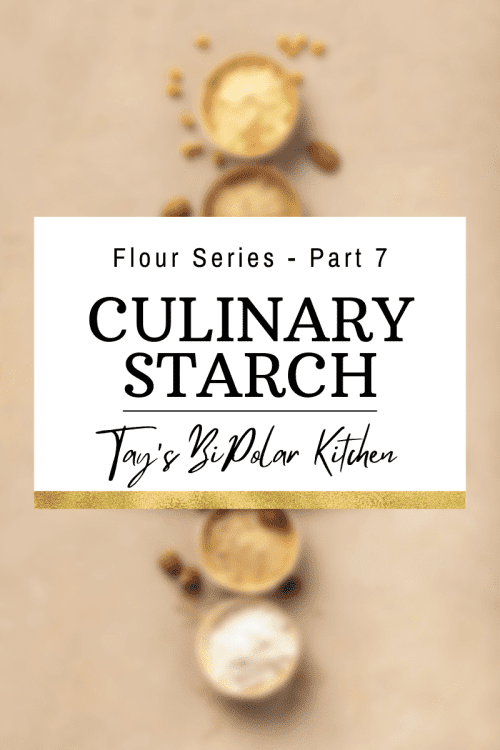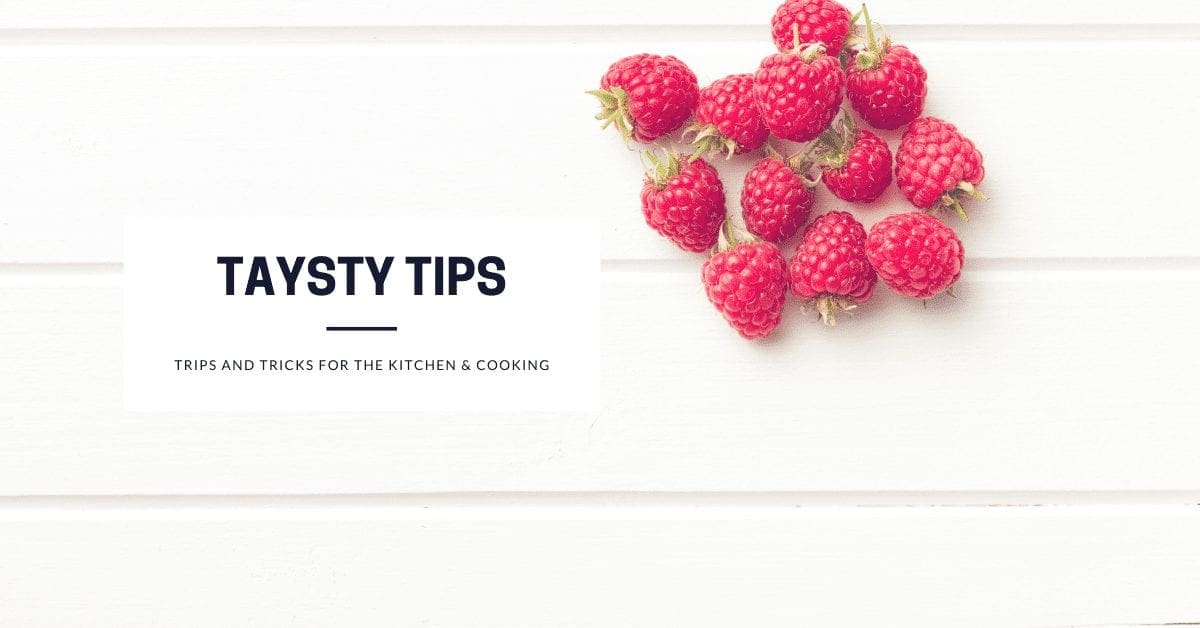The Versatile Power of Culinary Starch
Welcome to part 7 of our flour series. We are discussing culinary starch, an ingredient that is often overlooked but is essential in many of our favorite recipes. From thickening soups and sauces to providing structure in baked goods, culinary starches are the secret ingredient to achieving the perfect texture in your dishes. This article will explore the different types of culinary starches, their common uses, and some fun facts about their history.
What is Culinary Starch?

Culinary starch is a carbohydrate derived from various plant sources, commonly used in cooking and baking as a thickening agent or to add texture to recipes. There are many types of culinary starches, including cornstarch, potato starch, tapioca starch, arrowroot starch, and rice flour.
Culinary starches are primarily used in liquid-based soups, stews, sauces, and gravies to thicken the consistency. They work by absorbing liquid and swelling, which helps to create a smooth, consistent texture. Starches are also used in baking to add structure and texture to baked goods such as bread, cakes, and cookies.
Some culinary starches are naturally gluten-free, making them a popular substitute for wheat flour in gluten-free recipes. Starches can also be used in low-carb and keto baking to add texture and structure while keeping the carbohydrate content low.
They are a versatile ingredient in cooking and baking that can be used to add texture, structure, and thickness to a wide variety of recipes.
Culinary Starch vs. Flour
Culinary starch and flour are both common ingredients in cooking and baking, but they have distinct differences in terms of their properties and uses.
Culinary starches, such as cornstarch, potato starch, and tapioca starch, are primarily used as thickening agents in recipes. They are fine white powders made from the carbohydrate component of plants, and are added to liquid-based recipes such as soups, sauces, and gravies to thicken the consistency. Starch is typically added at the end of the cooking process, and it requires heat to activate its thickening properties.
Flour, on the other hand, is made from ground grains such as wheat, corn, or rice. Flour is primarily used as a structural ingredient in baking. It adds texture, flavor, and structure to baked goods such as bread, cakes, and cookies. Flour can also be used as a thickening agent in recipes like roux, which is made by mixing flour and fat to create a paste that thickens a sauce or soup. Unlike starch, flour does not require heat to activate its properties, and is typically added at the beginning of the cooking process.
Another key difference between starch and flour is their nutritional profile. Flour is a good source of carbohydrates, fiber, and some vitamins and minerals, depending on the type of flour. Starch, on the other hand, is a pure source of carbohydrates, and does not provide much in the way of vitamins and minerals.
In summary, culinary starch and flour have different properties and uses in cooking and baking. Starch is primarily used as a thickening agent, while flour is primarily used as a structural ingredient. Understanding the differences between these two ingredients can help you use them more effectively in your cooking and baking, as well as make informed decisions about their nutritional value.
Common Types
Cornstarch
Cornstarch is the most commonly used culinary starch. It is made from the endosperm of corn kernels and is a fine white powder. Cornstarch has a neutral taste and is often used to thicken sauces, soups, and gravies. It is also a common ingredient in baked goods, such as cakes and cookies.
Cornstarch was first patented in the United States in 1844, and since then it has become a staple in kitchens worldwide.
Potato Starch
Potato starch is a fine white powder made from the root of the potato plant. It is used to thicken soups and sauces, and it is also a common ingredient in gluten-free baking. Potato starch has a neutral taste and is an excellent thickener for cold liquids.
Potato starch has been used in cooking for centuries. The Incas and the Spanish both used potatoes as a source of starch in their cooking.
Arrowroot
Arrowroot is a fine white powder made from the root of the arrowroot plant. It is a popular thickener for sauces, puddings, and pie fillings. Arrowroot has a neutral taste and is also used as a gluten-free substitute for flour in baking.
Arrowroot has been used in cooking for over 7,000 years, dating back to the Arawak people of South America.
Tapioca
Tapioca is a fine white powder made from the cassava root. It is often used to thicken puddings and pie fillings, as well as in gluten-free baking. Tapioca has a neutral taste and is often used as a thickener for fruit fillings.
Tapioca has been used in cooking for centuries in South America, Africa, and Asia.
Rice Starch
Rice starch is made from rice flour and is often used in gluten-free baking as a substitute for wheat flour. It is also a common ingredient in Asian cooking as a thickener for sauces and soups.
Rice starch has been used in cooking for centuries in many Asian countries, where rice is a staple food.
Wheat Starch
Wheat starch is made from the endosperm of wheat kernels and is used in many baked goods as a binding agent. It is also used in Asian cooking as a thickener for sauces and soups.
Wheat starch has been used in cooking for centuries, dating back to ancient civilizations in the Middle East.
In conclusion, culinary starches play an important role in the kitchen. They are used to thicken sauces, bind ingredients, and create crispy coatings on fried foods. Each type of starch has its own unique properties and uses, and they all have a rich back history. From cornstarch to wheat starch, culinary starches are an essential ingredient in many dishes and have been used in cooking for centuries.
Let me know if you have tried any of these in your cooking! Use the hashtags #taysbpkitchen and #flourseries
